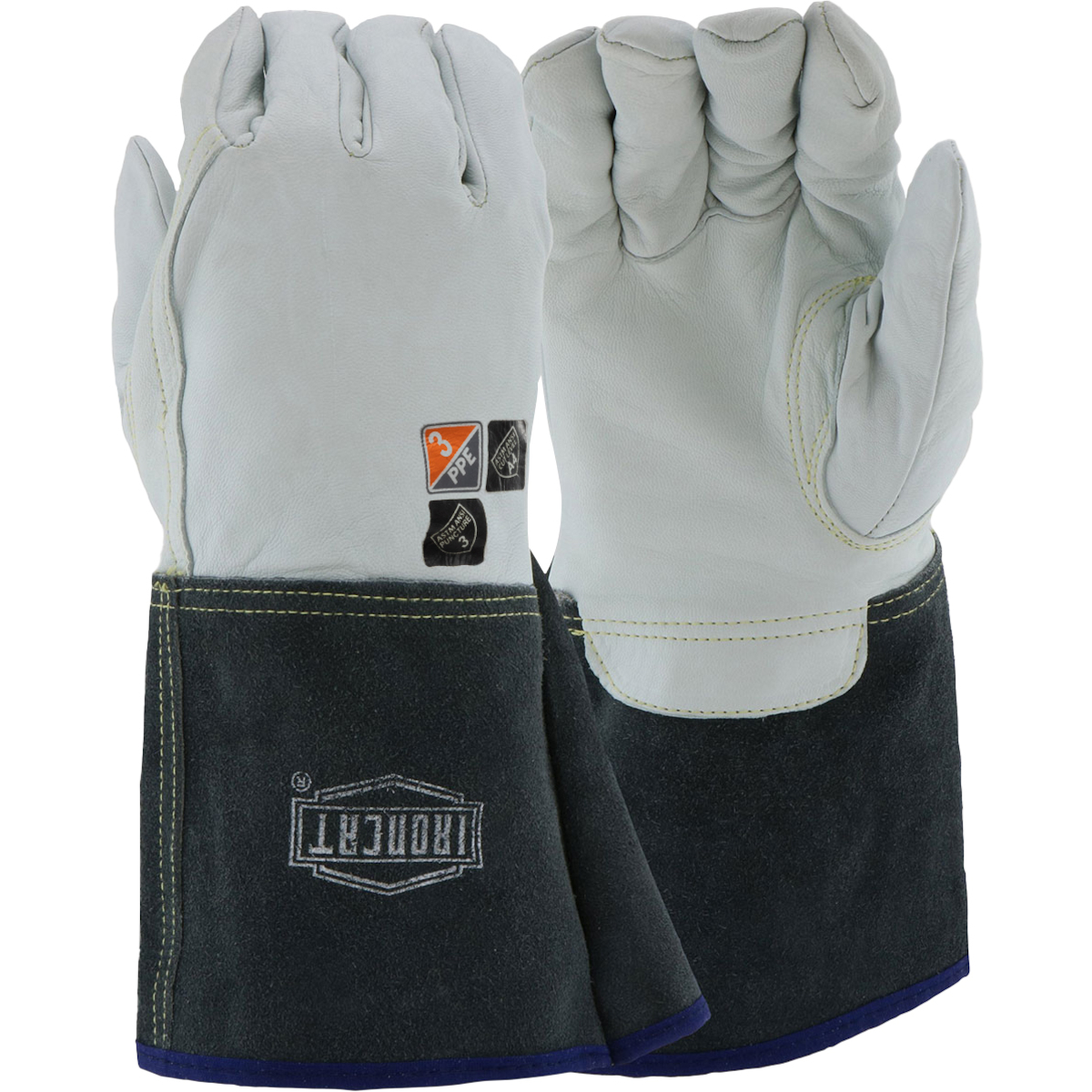Ideal for TIG welding and automotive assembly.
- Top Grain Kidskin leather construction is lightweight and more supple compared to goatskin... providing exceptional dexterity
- Para-Aramid blend lining (360 degree) provides added A4 cut and heat resistance that will not melt, ignite or conduct electricity
- Stitched with Kevlar® adding strength and burn resistance
- Provides electric arc resistance with an ATPV rating of 36 cal/cm2
- Keystone thumb is ergonomic, reduces hand fatigue, offers superior dexterity and durability
- Pulse protector for added safety
- Split cowhide 5.5" leather cuff for added forearm protection and allows for easy on and off
- Meets the content requirements for Chromium VI free leather
- Hang tagged retail ready

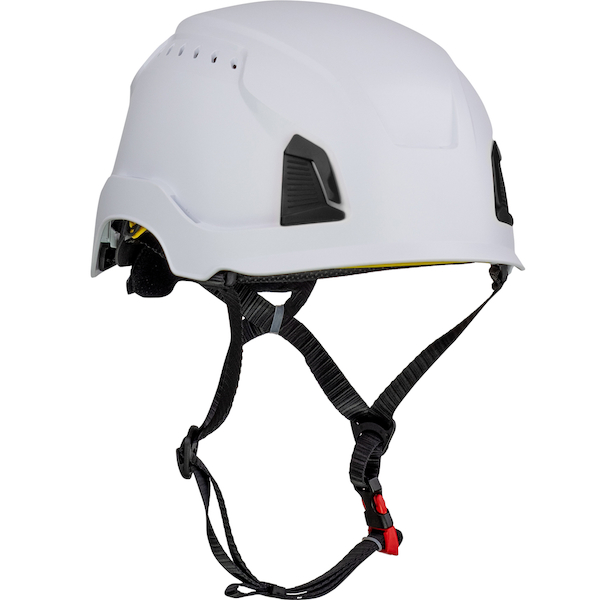 Safety HelmetsTraverse™280-HP1491RVM
Safety HelmetsTraverse™280-HP1491RVM
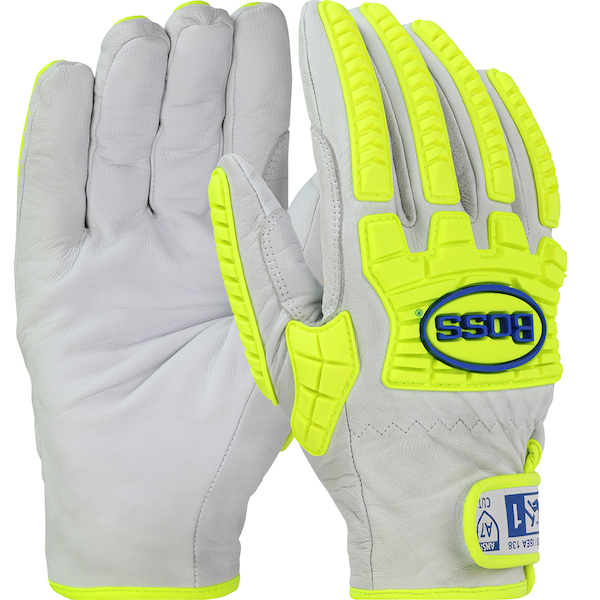 Hi Performance GloveBoss®9916
Hi Performance GloveBoss®9916
 Safety HelmetsKilimanjaro™280-HP642R-CH
Safety HelmetsKilimanjaro™280-HP642R-CH
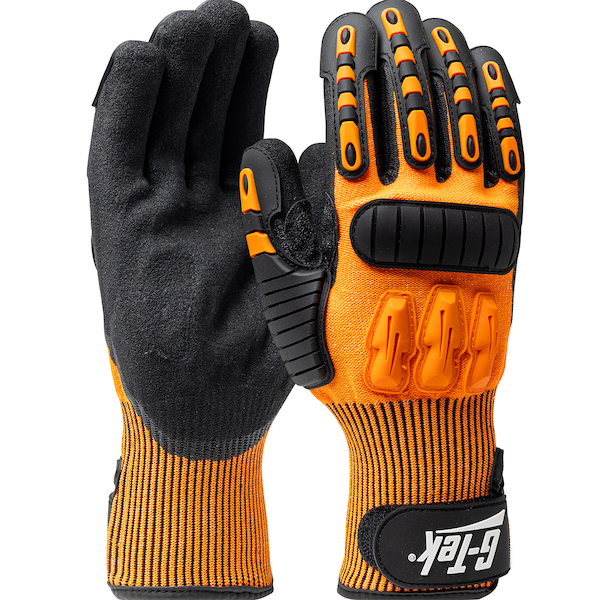 Hi Performance GloveG-Tek®120-5150
Hi Performance GloveG-Tek®120-5150
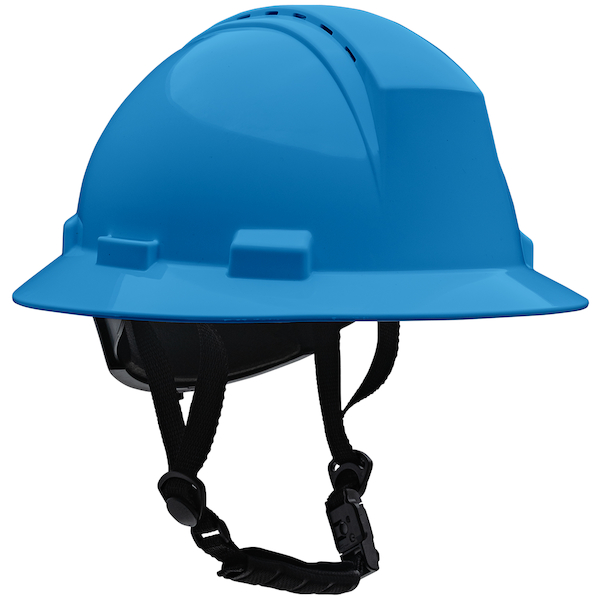 Safety HelmetsKilimanjaro™280-HP642RV-CH
Safety HelmetsKilimanjaro™280-HP642RV-CH
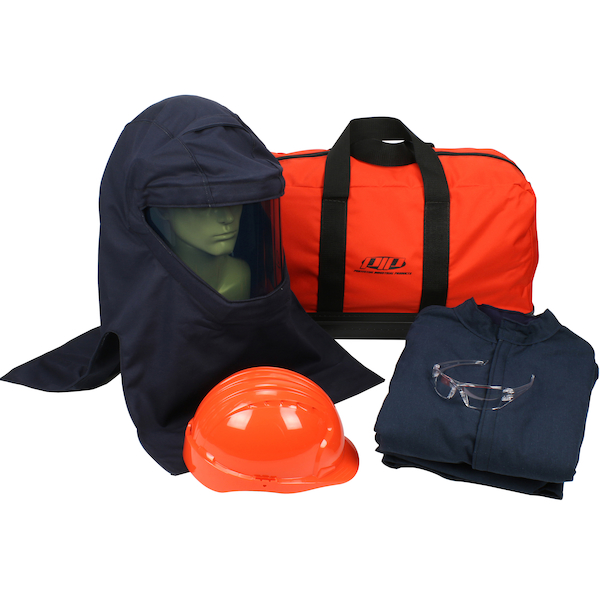 Arc Protection KitsPIP®9150-52436
Arc Protection KitsPIP®9150-52436
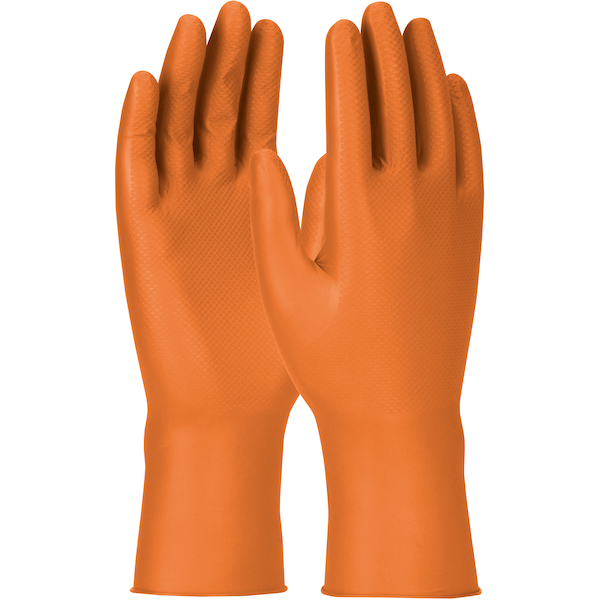 Extended Use Disposable GlovesGrippaz™ Engage67-307
Extended Use Disposable GlovesGrippaz™ Engage67-307
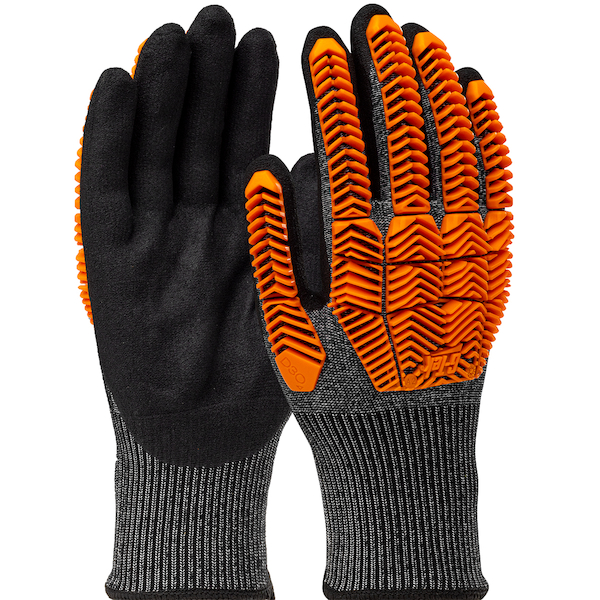 Hi Performance GloveG-Tek® PolyKor®16-MPT630
Hi Performance GloveG-Tek® PolyKor®16-MPT630
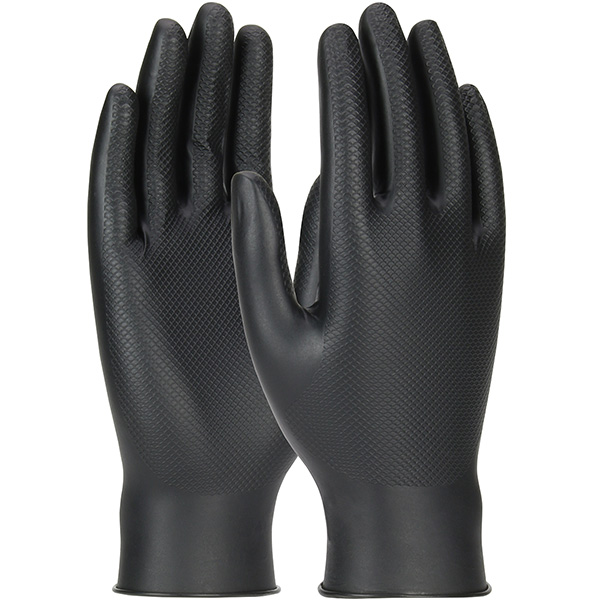 Extended Use Disposable GlovesGrippaz™ Skins67-246
Extended Use Disposable GlovesGrippaz™ Skins67-246
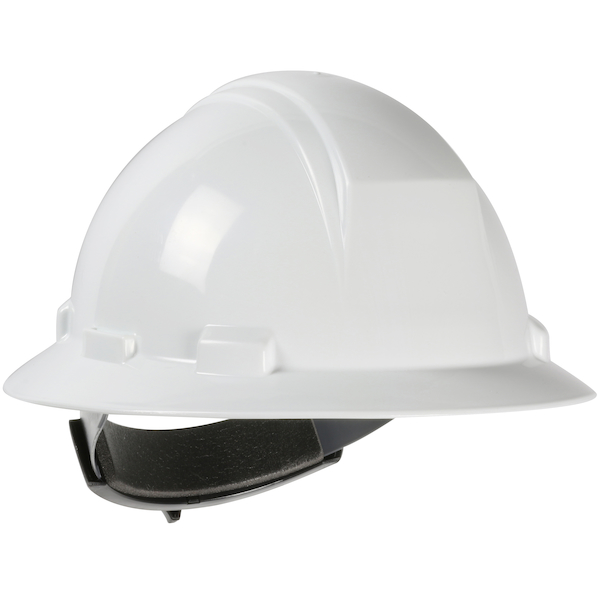 Hard HatsKilimanjaro™280-HP642R
Hard HatsKilimanjaro™280-HP642R
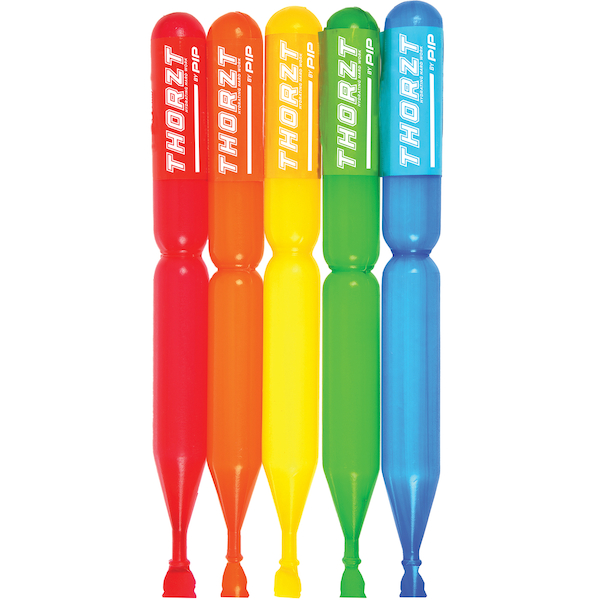 HydrationTHORZT™ICEMIX
HydrationTHORZT™ICEMIX
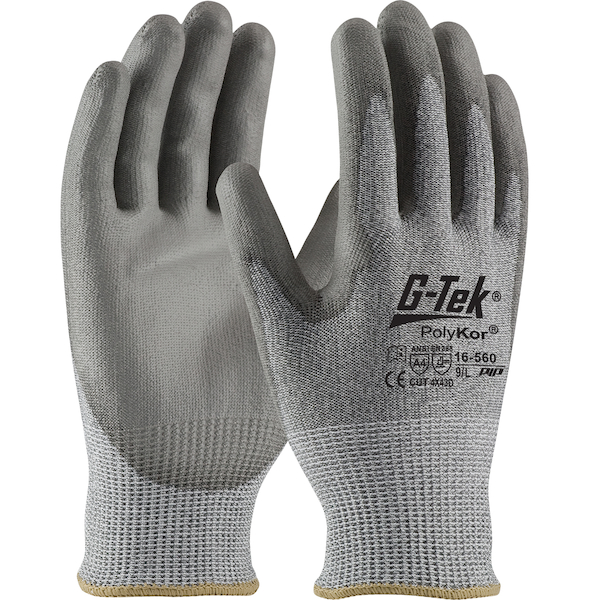 Cut Resistant GlovesG-Tek® PolyKor®16-560
Cut Resistant GlovesG-Tek® PolyKor®16-560

















